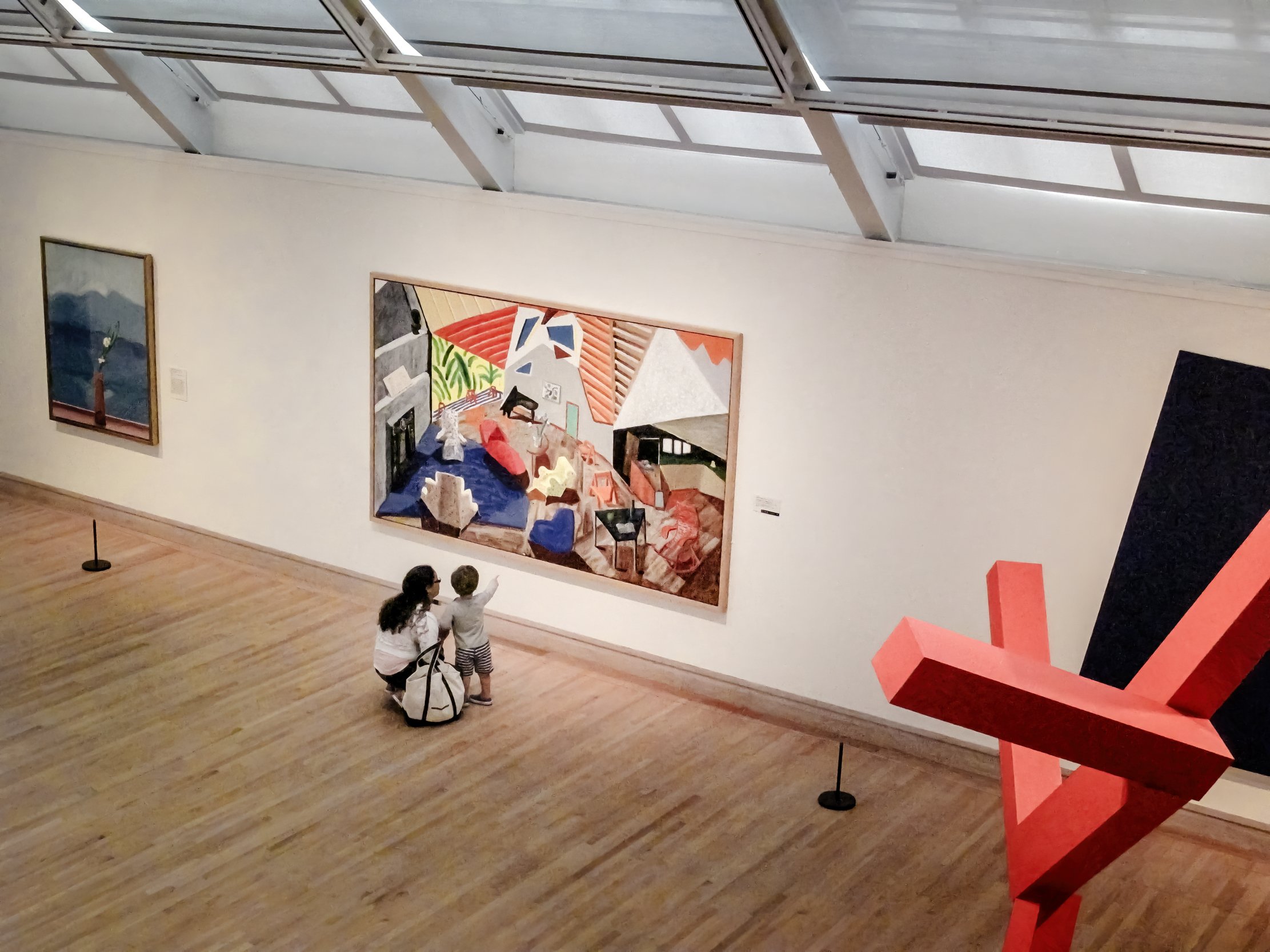What The Heart Wants
Many thanks to my dear friend Jan Falls for introducing me to this poem today. The poem made me think about what my own dear heart wants. A long hot shower with soap that smells like the forest; a soft bed and a good night’s sleep; my husband’s hand to hold; a slice of pie and two forks; a bike ride, a swing or a meandering photo walk; music on the radio. My heart is grateful with just enough.
They Say the Heart Wants
what it wants, but no one tells you what it gets.
So here’s a list, mine: tall grasses, blowing in the wind,
swirled glass cups, peacock blue, bought in Lebanon.
Fog off the California cliffs, dark boulders on the shore.
Billie Holiday’s I’ll be seeing you in all the old
familiar places, cycling through my auditory cortex.
Dogs pulling at the leash. Small white plates
of wild greens and beets. The time a man kissed
my hand when we met, then pressed my palm
to his cheek. Sei Shonagon’s eleventh-century list
of Things That Give One a Clean Feeling: an earthen cup,
a new metal bowl, a rush mat, the play of light on water
as one pours it into a vessel, a new wooden chest.
To which I add a drawer of beeswax candles,
steam rising from a pot of tea. So much stored
in the heart’s farthest chambers. And though
he’s been dead for decades now, I still feel the kiss.
My whole arm shivers with its half-life.
– by Danusha Laméris











